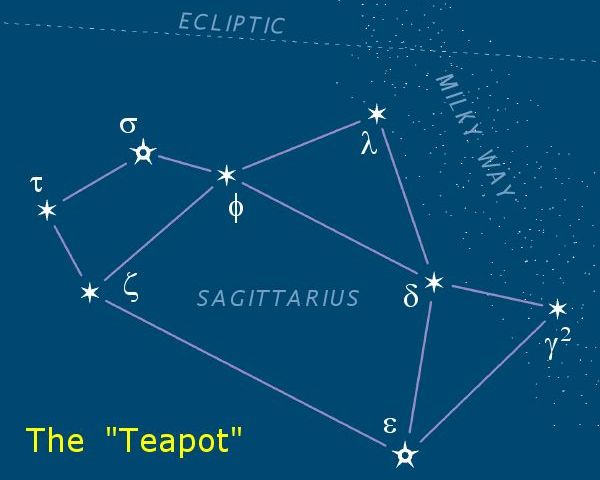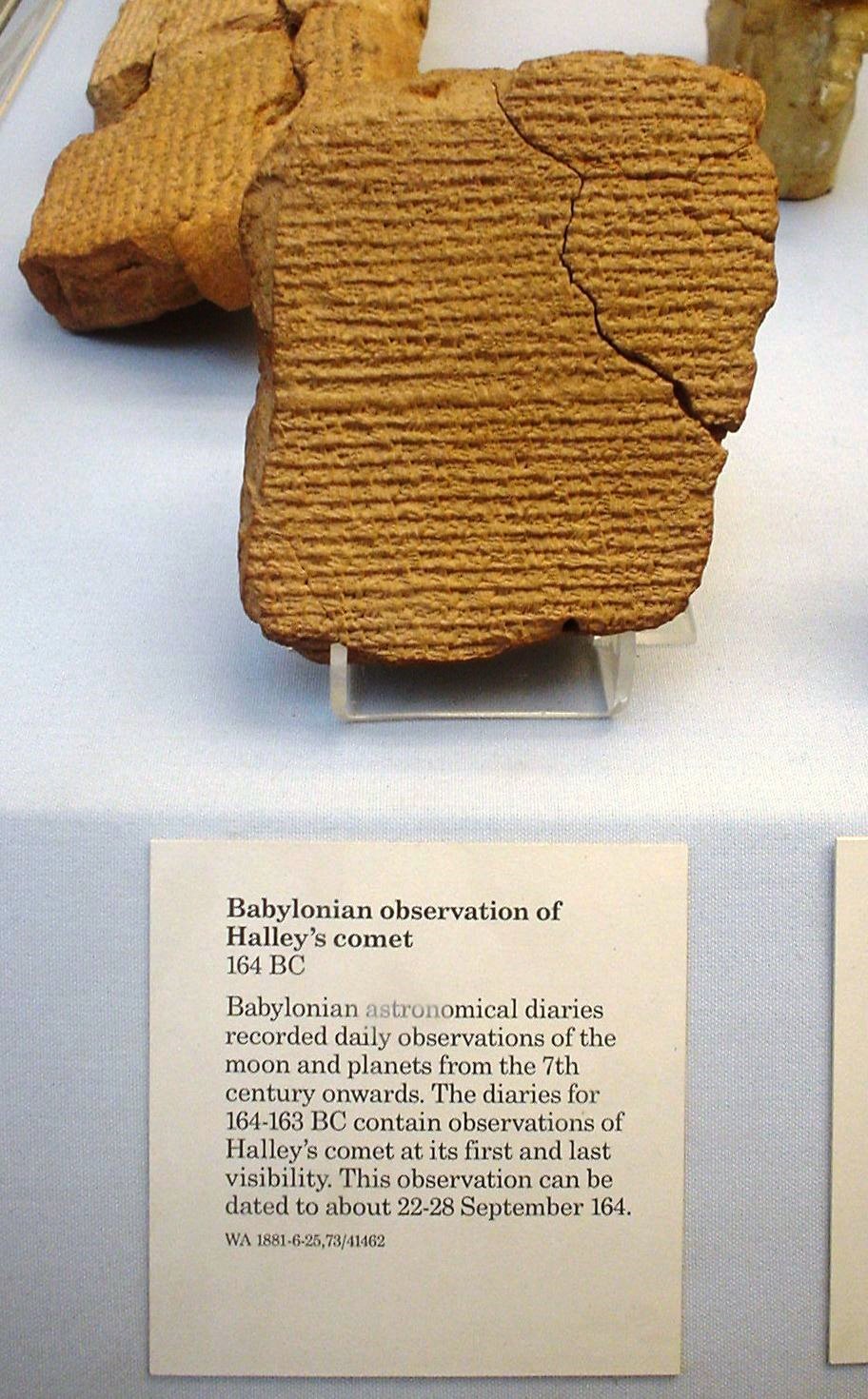|
NGC 6540
NGC 6540 is a globular cluster in the constellation Sagittarius. Its apparent magnitude is 9.3 and its diameter is about 9.5 arcminutes, with 12 faint stars visible. It is about 17,000 light years away from Earth and was discovered by Wilhelm Herschel on May 24, 1784, with an 18.7-inch mirror telescope, who described the cluster as "pretty faint, not large, crookedly extended, easily resolvable". References * Robert Burnham, Jr Robert Burnham Jr. (June 16, 1931 – March 20, 1993) was an American astronomer, best known for writing the classic three-volume ''Burnham's Celestial Handbook''. He is the discoverer of numerous asteroids including the Mars crossing asteroid ..., ''Burnham's Celestial Handbook: An observer's guide to the universe beyond the solar system'', vol 3, p. 1556 External links NGC 6540 Globular clusters Sagittarius (constellation) 6540 {{star-cluster-stub ... [...More Info...] [...Related Items...] OR: [Wikipedia] [Google] [Baidu] |
J2000
In astronomy, an epoch or reference epoch is a moment in time used as a reference point for some time-varying astronomical quantity. It is useful for the celestial coordinates or orbital elements of a celestial body, as they are subject to perturbations and vary with time. These time-varying astronomical quantities might include, for example, the mean longitude or mean anomaly of a body, the node of its orbit relative to a reference plane, the direction of the apogee or aphelion of its orbit, or the size of the major axis of its orbit. The main use of astronomical quantities specified in this way is to calculate other relevant parameters of motion, in order to predict future positions and velocities. The applied tools of the disciplines of celestial mechanics or its subfield orbital mechanics (for predicting orbital paths and positions for bodies in motion under the gravitational effects of other bodies) can be used to generate an ephemeris, a table of values giving the positions ... [...More Info...] [...Related Items...] OR: [Wikipedia] [Google] [Baidu] |
Sagittarius (constellation)
Sagittarius is one of the constellations of the zodiac and is located in the Southern celestial hemisphere. It is one of the 48 constellations listed by the 2nd-century astronomer Ptolemy and remains one of the 88 modern constellations. Its old astronomical symbol is (♐︎). Its name is Latin for " archer". Sagittarius is commonly represented as a centaur pulling back a bow. It lies between Scorpius and Ophiuchus to the west and Capricornus and Microscopium to the east. The center of the Milky Way lies in the westernmost part of Sagittarius (see Sagittarius A). Visualizations As seen from the northern hemisphere, the constellation's brighter stars form an easily recognizable asterism known as "the Teapot". The stars δ Sgr (Kaus Media), ε Sgr (Kaus Australis), ζ Sgr (Ascella), and φ Sgr form the body of the pot; λ Sgr (Kaus Borealis) is the point of the lid; γ2 Sgr (Alnasl) is the tip of the spout; and σ Sgr (Nunki) and τ Sgr the handle. These s ... [...More Info...] [...Related Items...] OR: [Wikipedia] [Google] [Baidu] |
Light Year
A light-year, alternatively spelled light year, is a large unit of length used to express astronomical distances and is equivalent to about 9.46 trillion kilometers (), or 5.88 trillion miles ().One trillion here is taken to be 1012 (one million million, or billion in long scale). As defined by the International Astronomical Union (IAU), a light-year is the distance that light travels in a vacuum in one Julian year (365.25 days). Because it includes the time-measurement word "year", the term ''light-year'' is sometimes misinterpreted as a unit of time. The ''light-year'' is most often used when expressing distances to stars and other distances on a galactic scale, especially in non-specialist contexts and popular science publications. The unit most commonly used in professional astronomy is the parsec (symbol: pc, about 3.26 light-years) which derives from astrometry; it is the distance at which one astronomical unit subtends an angle of one second of arc. Defi ... [...More Info...] [...Related Items...] OR: [Wikipedia] [Google] [Baidu] |
Parsec
The parsec (symbol: pc) is a unit of length used to measure the large distances to astronomical objects outside the Solar System, approximately equal to or (au), i.e. . The parsec unit is obtained by the use of parallax and trigonometry, and is defined as the distance at which 1 au subtends an angle of one arcsecond ( of a degree). This corresponds to astronomical units, i.e. 1\, \mathrm = 1/\tan \left( \ \mathrm \right)\, \mathrm. The nearest star, Proxima Centauri, is about from the Sun. Most stars visible to the naked eye are within a few hundred parsecs of the Sun, with the most distant at a few thousand. The word ''parsec'' is a portmanteau of "parallax of one second" and was coined by the British astronomer Herbert Hall Turner in 1913 to make calculations of astronomical distances from only raw observational data easy for astronomers. Partly for this reason, it is the unit preferred in astronomy and astrophysics, though the light-year remains prominent in popula ... [...More Info...] [...Related Items...] OR: [Wikipedia] [Google] [Baidu] |
Collinder Catalogue
In astronomy, the Collinder catalogue is a catalogue of 471 open clusters by Swedish astronomer Per Collinder. It was published in 1931 as an appendix to Collinder's paper ''On structural properties of open galactic clusters and their spatial distribution''. Catalogue objects are denoted by ''Collinder'', e.g. "Collinder 399". Dated prefixes include as ''Col + catalogue number'', or ''Cr + catalogue number'', e.g. "Cr 399". Vital statistics * The catalogue contains 471 objects: 452 open clusters, 11 globular clusters, 6 asterisms, 1 stellar moving group, and 1 stellar association. * Objects are spread out across the entire celestial sphere. * Cr 8 is the northernmost Collinder object, located at a declination of +85º in the constellation Camelopardalis. * Cr 411 is the southernmost Collinder object, located at a declination of -79º in the constellation Octans. Collinder objects which are also Messier objects The Collinder Catalogue contains 29 objects which are part of the ... [...More Info...] [...Related Items...] OR: [Wikipedia] [Google] [Baidu] |
Globular Cluster
A globular cluster is a spheroidal conglomeration of stars. Globular clusters are bound together by gravity, with a higher concentration of stars towards their centers. They can contain anywhere from tens of thousands to many millions of member stars. Their name is derived from Latin (small sphere). Globular clusters are occasionally known simply as "globulars". Although one globular cluster, Omega Centauri, was observed in antiquity and long thought to be a star, recognition of the clusters' true nature came with the advent of telescopes in the 17th century. In early telescopic observations globular clusters appeared as fuzzy blobs, leading French astronomer Charles Messier to include many of them in his catalog of astronomical objects that he thought could be mistaken for comets. Using larger telescopes, 18th-century astronomers recognized that globular clusters are groups of many individual stars. Early in the 20th century the distribution of globular clusters in the sk ... [...More Info...] [...Related Items...] OR: [Wikipedia] [Google] [Baidu] |
Constellation
A constellation is an area on the celestial sphere in which a group of visible stars forms a perceived pattern or outline, typically representing an animal, mythological subject, or inanimate object. The origins of the earliest constellations likely go back to prehistory. People used them to relate stories of their beliefs, experiences, creation, or mythology. Different cultures and countries adopted their own constellations, some of which lasted into the early 20th century before today's constellations were internationally recognized. The recognition of constellations has changed significantly over time. Many changed in size or shape. Some became popular, only to drop into obscurity. Some were limited to a single culture or nation. The 48 traditional Western constellations are Greek. They are given in Aratus' work ''Phenomena'' and Ptolemy's ''Almagest'', though their origin probably predates these works by several centuries. Constellations in the far southern sky were ... [...More Info...] [...Related Items...] OR: [Wikipedia] [Google] [Baidu] |
Apparent Magnitude
Apparent magnitude () is a measure of the brightness of a star or other astronomical object observed from Earth. An object's apparent magnitude depends on its intrinsic luminosity, its distance from Earth, and any extinction of the object's light caused by interstellar dust along the line of sight to the observer. The word ''magnitude'' in astronomy, unless stated otherwise, usually refers to a celestial object's apparent magnitude. The magnitude scale dates back to the ancient Roman astronomer Claudius Ptolemy, whose star catalog listed stars from 1st magnitude (brightest) to 6th magnitude (dimmest). The modern scale was mathematically defined in a way to closely match this historical system. The scale is reverse logarithmic: the brighter an object is, the lower its magnitude number. A difference of 1.0 in magnitude corresponds to a brightness ratio of \sqrt /math>, or about 2.512. For example, a star of magnitude 2.0 is 2.512 times as bright as a star of magnitude 3.0 ... [...More Info...] [...Related Items...] OR: [Wikipedia] [Google] [Baidu] |
Earth
Earth is the third planet from the Sun and the only astronomical object known to harbor life. While large volumes of water can be found throughout the Solar System, only Earth sustains liquid surface water. About 71% of Earth's surface is made up of the ocean, dwarfing Earth's polar ice, lakes, and rivers. The remaining 29% of Earth's surface is land, consisting of continents and islands. Earth's surface layer is formed of several slowly moving tectonic plates, which interact to produce mountain ranges, volcanoes, and earthquakes. Earth's liquid outer core generates the magnetic field that shapes the magnetosphere of the Earth, deflecting destructive solar winds. The atmosphere of the Earth consists mostly of nitrogen and oxygen. Greenhouse gases in the atmosphere like carbon dioxide (CO2) trap a part of the energy from the Sun close to the surface. Water vapor is widely present in the atmosphere and forms clouds that cover most of the planet. More sola ... [...More Info...] [...Related Items...] OR: [Wikipedia] [Google] [Baidu] |
Wilhelm Herschel
Frederick William Herschel (; german: Friedrich Wilhelm Herschel; 15 November 1738 – 25 August 1822) was a German-born British astronomer and composer. He frequently collaborated with his younger sister and fellow astronomer Caroline Herschel (1750–1848). Born in the Electorate of Hanover, William Herschel followed his father into the military band of Hanover, before emigrating to Great Britain in 1757 at the age of nineteen. Herschel constructed his first large telescope in 1774, after which he spent nine years carrying out sky surveys to investigate double stars. Herschel published catalogues of nebulae in 1802 (2,500 objects) and in 1820 (5,000 objects). The resolving power of the Herschel telescopes revealed that many objects called nebulae in the Messier catalogue were actually clusters of stars. On 13 March 1781 while making observations he made note of a new object in the constellation of Gemini. This would, after several weeks of verification and consultation ... [...More Info...] [...Related Items...] OR: [Wikipedia] [Google] [Baidu] |
Robert Burnham, Jr
Robert Burnham Jr. (June 16, 1931 – March 20, 1993) was an American astronomer, best known for writing the classic three-volume ''Burnham's Celestial Handbook''. He is the discoverer of numerous asteroids including the Mars crossing asteroid 3397 Leyla, as well as six comets. Burnham's late years were tragic; he died destitute and alone. However, he is remembered by a generation of deep sky observers for his unique contribution to astronomy, the ''Celestial Handbook.'' The main-belt asteroid 3467 Bernheim was named in his honor. Early life and career Burnham was born in Chicago, Illinois, in 1931, the son of Robert Sr. and Lydia. His family moved to Prescott, Arizona, in 1940, and he graduated from high school there in 1949. That was the culmination of his formal education. Always a shy person, he had few friends, never married, and spent most of his time observing with his home-built telescope. In the fall of 1957 he received considerable local publicit ... [...More Info...] [...Related Items...] OR: [Wikipedia] [Google] [Baidu] |








